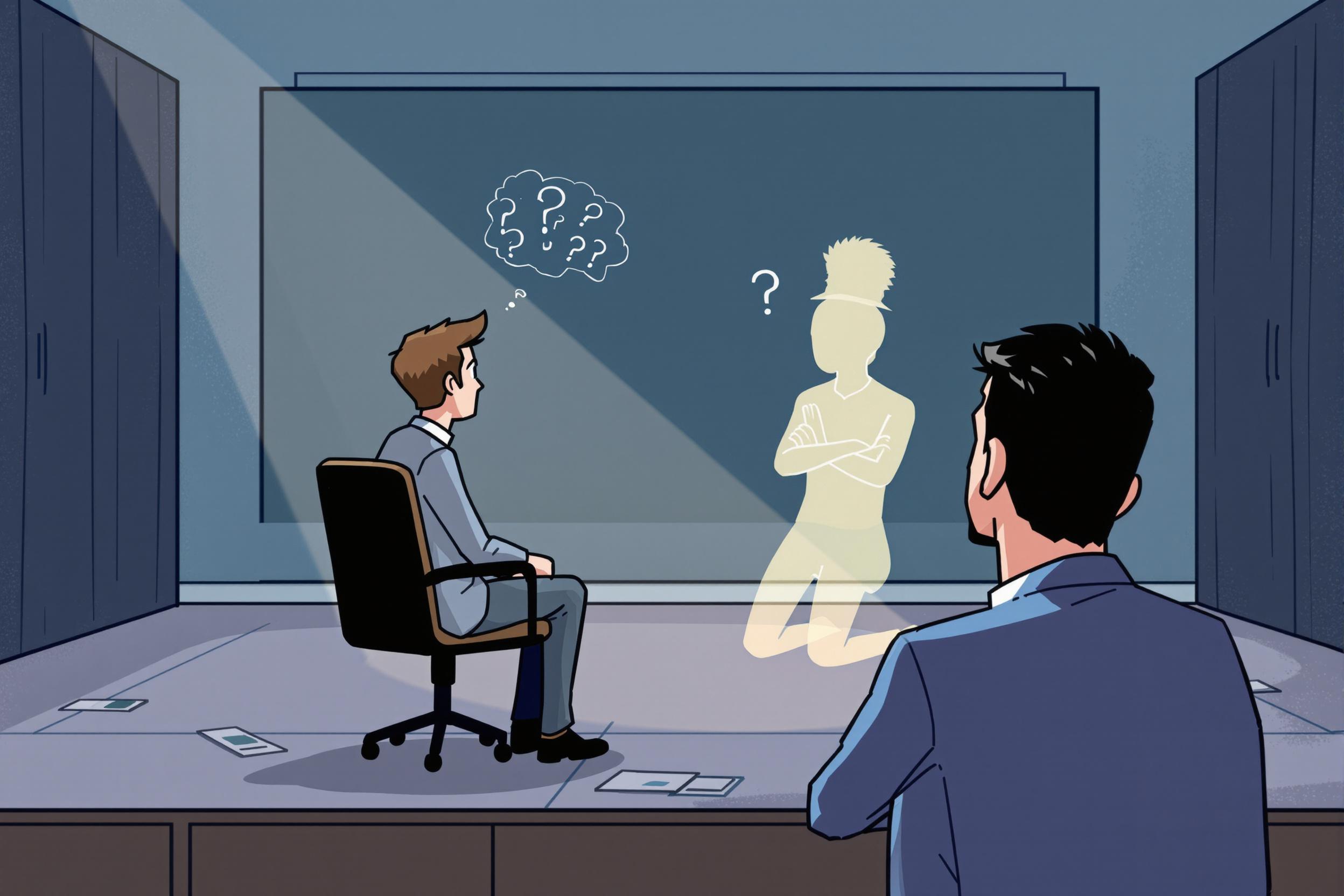
Nuisance Trip
A Nuisance Trip is when an electrical circuit breaker or safety switch turns off power unnecessarily. It's similar to a false alarm in a security system. This happens when the safety device thinks there's a problem, but there isn't any real danger. Understanding these issues is important for electrical repair workers because customers often call about power randomly shutting off, and it's their job to figure out if it's a real safety concern or just a nuisance trip. Other common terms for this are "false trip," "unwanted tripping," or "unnecessary shutdown."
Examples in Resumes
Diagnosed and resolved Nuisance Trip issues in industrial equipment, reducing downtime by 40%
Developed troubleshooting procedures for Nuisance Trip and False Trip events in commercial buildings
Led team training sessions on identifying causes of Unwanted Tripping in sensitive electronic equipment
Typical job title: "Electrical Maintenance Technicians"
Also try searching for:
Where to Find Electrical Maintenance Technicians
Professional Organizations
Online Forums
Job Resources
Example Interview Questions
Senior Level Questions
Q: How would you develop a systematic approach to identifying and preventing nuisance trips in a large industrial facility?
Expected Answer: A senior technician should explain creating a documented process that includes regular maintenance checks, recording patterns of trips, identifying environmental factors, and training staff on prevention measures. They should mention coordinating with different departments and creating long-term solutions.
Q: How do you distinguish between a legitimate safety trip and a nuisance trip?
Expected Answer: Should explain checking load conditions, environmental factors like moisture or heat, equipment age, and historical patterns. Should mention using testing equipment and the importance of not bypassing safety devices even if nuisance trips are suspected.
Mid Level Questions
Q: What are common causes of nuisance trips and how would you troubleshoot them?
Expected Answer: Should discuss checking for loose connections, moisture, overloaded circuits, and faulty equipment. Should mention the process of elimination and importance of documenting findings.
Q: How do you explain nuisance trip issues to non-technical clients?
Expected Answer: Should demonstrate ability to explain technical concepts in simple terms, provide clear safety information, and offer practical solutions while maintaining professional credibility.
Junior Level Questions
Q: What safety procedures must you follow when investigating a circuit trip?
Expected Answer: Should mention basic safety protocols like using proper PPE, checking for voltage before touching anything, following lockout/tagout procedures, and documenting all steps taken.
Q: What are the basic types of circuit breakers and their trip mechanisms?
Expected Answer: Should be able to explain different types of common breakers in simple terms and describe basic operation principles without getting too technical.
Experience Level Indicators
Junior (0-2 years)
- Basic electrical troubleshooting
- Understanding of circuit breaker operations
- Safety procedure compliance
- Use of basic testing equipment
Mid (2-5 years)
- Complex troubleshooting
- Equipment maintenance planning
- Client communication
- Documentation and reporting
Senior (5+ years)
- System-wide problem solving
- Team leadership and training
- Preventive maintenance program development
- Advanced diagnostic techniques
Red Flags to Watch For
- Disregard for safety procedures
- Inability to explain basic electrical concepts clearly
- Lack of proper licensing or certifications
- No experience with modern testing equipment
Related Terms
Need more hiring wisdom? Check these out...

Silencing the Noise: How No-Meeting Days Supercharge Recruiter Productivity

Navigating the Legal Labyrinth: Unpacking Global Labor Laws for Transnational Teams

Ghostbusting in Recruitment: How to Keep Candidates Engaged

